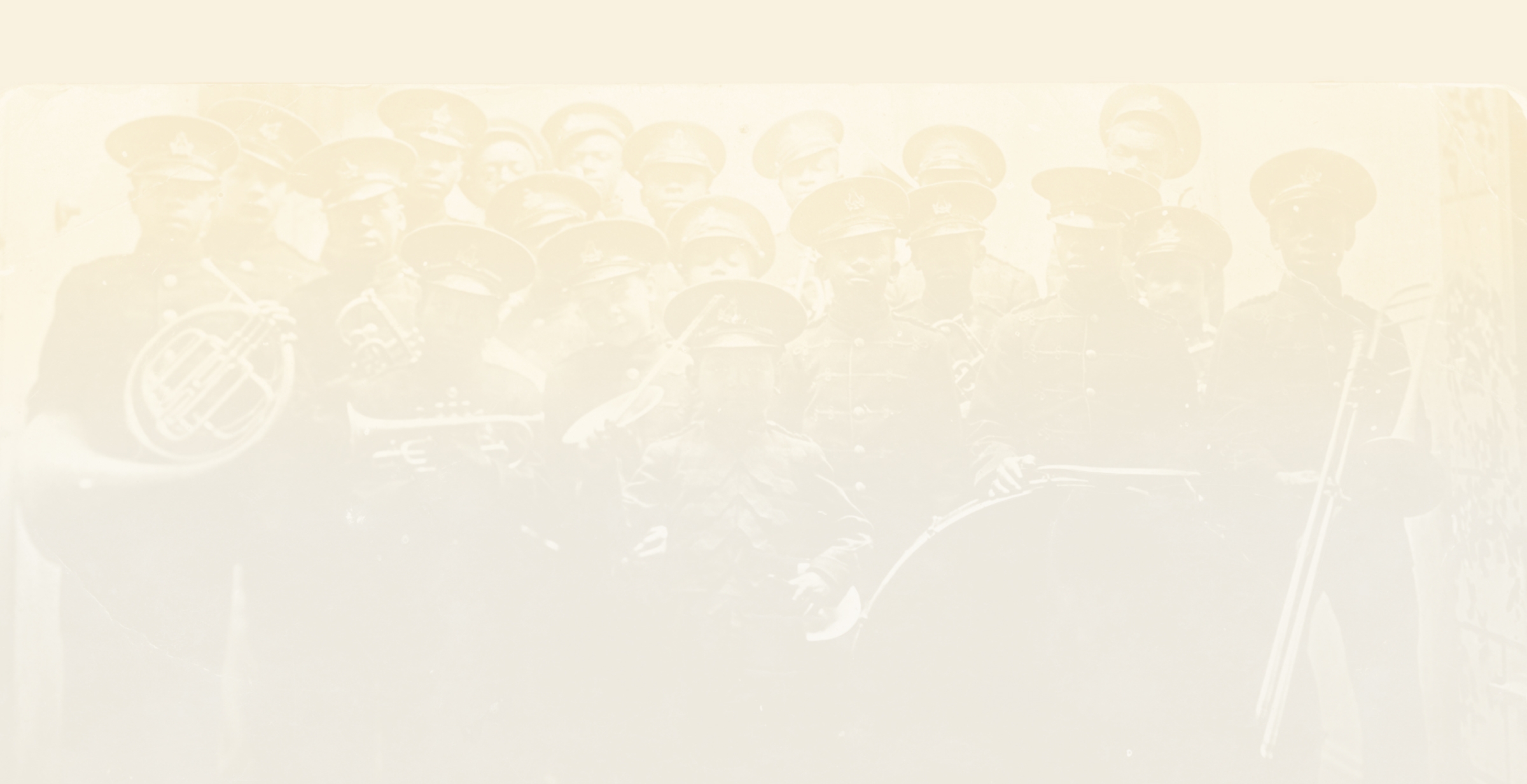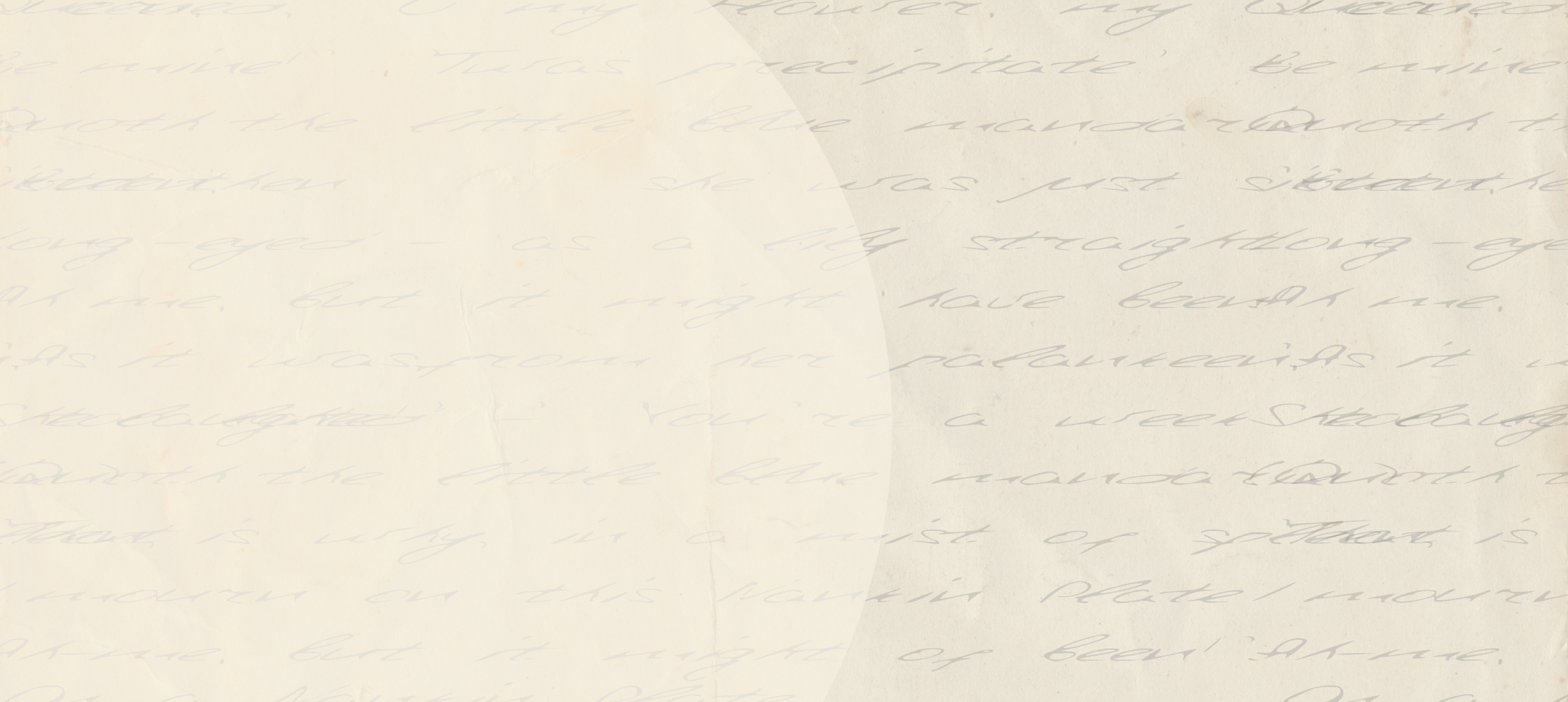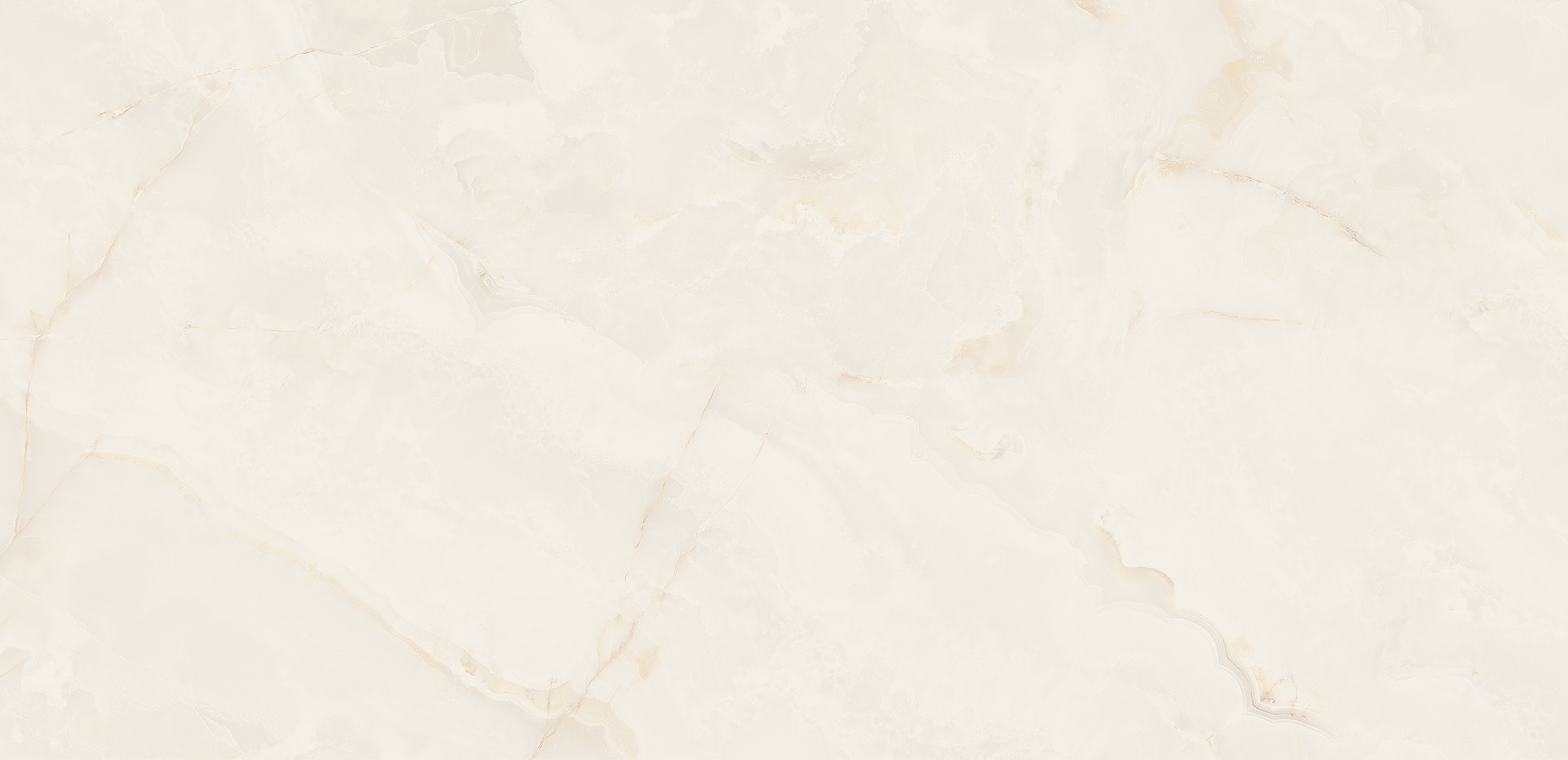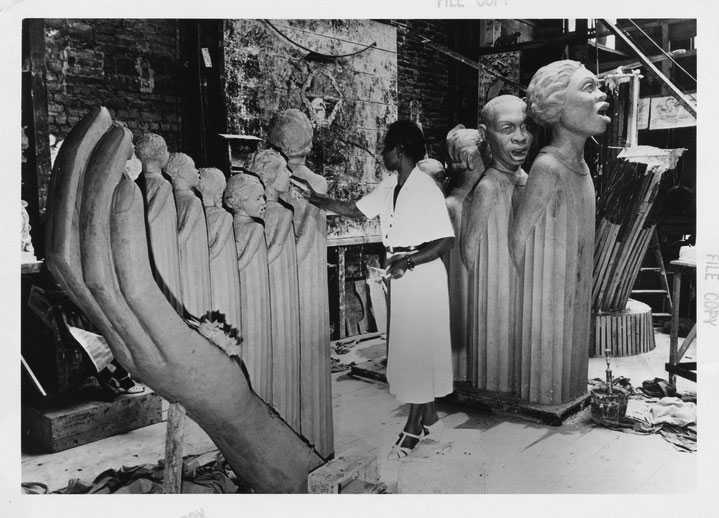
Chapter 3
Creating African American Culture
Noteworthy African American writers and composers emerged well before 1900. They presented unique perspectives on African American life in the United States and composed music with its own style and rhythm. Their books, poems, plays, and music attained wide popularity and their contributions added to American culture.
African American Art and Literature
Paul Laurence Dunbar performance advertisement
In the early 1900s, African American authors and artists drew inspiration from family, community, and earlier artists. Black artists explored the realities of Black life within the larger segregated society.
Paul Laurence Dunbar
Poet
Paul Laurence Dunbar
Lyrics of Love and Laughter, 1913
Paul Laurence Dunbar was a prolific and successful writer from Dayton, Ohio. The son of a volunteer of the 55th Massachusetts Infantry Regiment, Dunbar penned poems, including "When Dey 'Listed Colored Soldiers,” that memorialized the experiences of Black servicemembers during the Civil War.
Dunbar first won acclaim as a poet, partly for his use of “slave dialect” in his poems. He began publishing poems in his early teens, authoring many works over his lifetime including short stories, a play, and several books. One of these books, Lyrics of Lowly Life, was a collection of poems he wrote while touring England.

Charles W. Chesnutt
Writer
Charles W. Chesnutt
The Marrow of Tradition, 1901
Charles W. Chesnutt was an author, lawyer, and political activist whose written works explored the complexities of race and class in the post-Civil War south. His most popular work was a volume of short stories called The Conjure Woman. His first novel, The House Behind the Cedars, featured controversial issues like interracial relationships, “passing for white,” and class competition within the African American community.
His historical novel The Marrow of Tradition highlighted white violence against African Americans during the 1898 Wilmington, North Carolina massacre. It was based in part on the experiences of Chestnutt’s relatives. Chesnutt was also the first African American writer to have an article published in The Atlantic.
Edmonia Lewis
Sculptor
Edmonia Lewis, ca. 1870
Edmonia Lewis was an internationally acclaimed sculptor and the first well-known artist of African American and American Indian ancestry. She attended Oberlin College in Ohio before moving to Rome, Italy in 1865 where she established a studio.
Lewis created art that drew upon her heritage. Several of her sculptures were displayed at the 1876 Philadelphia Centennial Exposition to much acclaim.
Old Arrow Maker by Edmonia Lewis, 1872
Henry Wadsworth Longfellow’s poem "The Song of Hiawatha" inspired Edmonia Lewis to carve Old Arrow Maker.
The Death of Cleopatra by Edmonia Lewis, 1876
Lewis’s work was displayed at the 1876 Philadelphia Centennial Exposition to much acclaim. Lewis depicts Egyptian queen Cleopatra moments after her death.

Augusta Savage
Sculptor
Augusta Savage, ca. 1930s
By the 1930s, Augusta Savage was one of the most well-known sculptors in Harlem. A celebrated artist and teacher during the Harlem Renaissance, Savage gained prominence in the 1920s after sculpting busts of W. E. B. Du Bois and Marcus Garvey. She also established the Savage Studio of Arts and Crafts in 1932 and in 1934 became the first Black member of the National Association of Women Painters and Sculptors. Her sculpture symbolizing African American music, commissioned for the 1939 New York World’s Fair, is considered one of her greatest artistic achievements.
Lift Every Voice and Sing by Augusta Savage
This sculpture was inspired by the hymn written in 1900 by James Weldon Johnson and J. Rosamond Johnson. Also known as The Harp, Augusta Savage commissioned this piece for the 1939 New York World’s Fair. The 16-foot-tall plaster sculpture depicted a chorus of singers standing on the arm of God. It was the most popular and most photographed work at the fair. Savage did not have funds to have it cast in bronze, or to move and store it. Like other temporary installations, the sculpture was destroyed when the fair closed.
